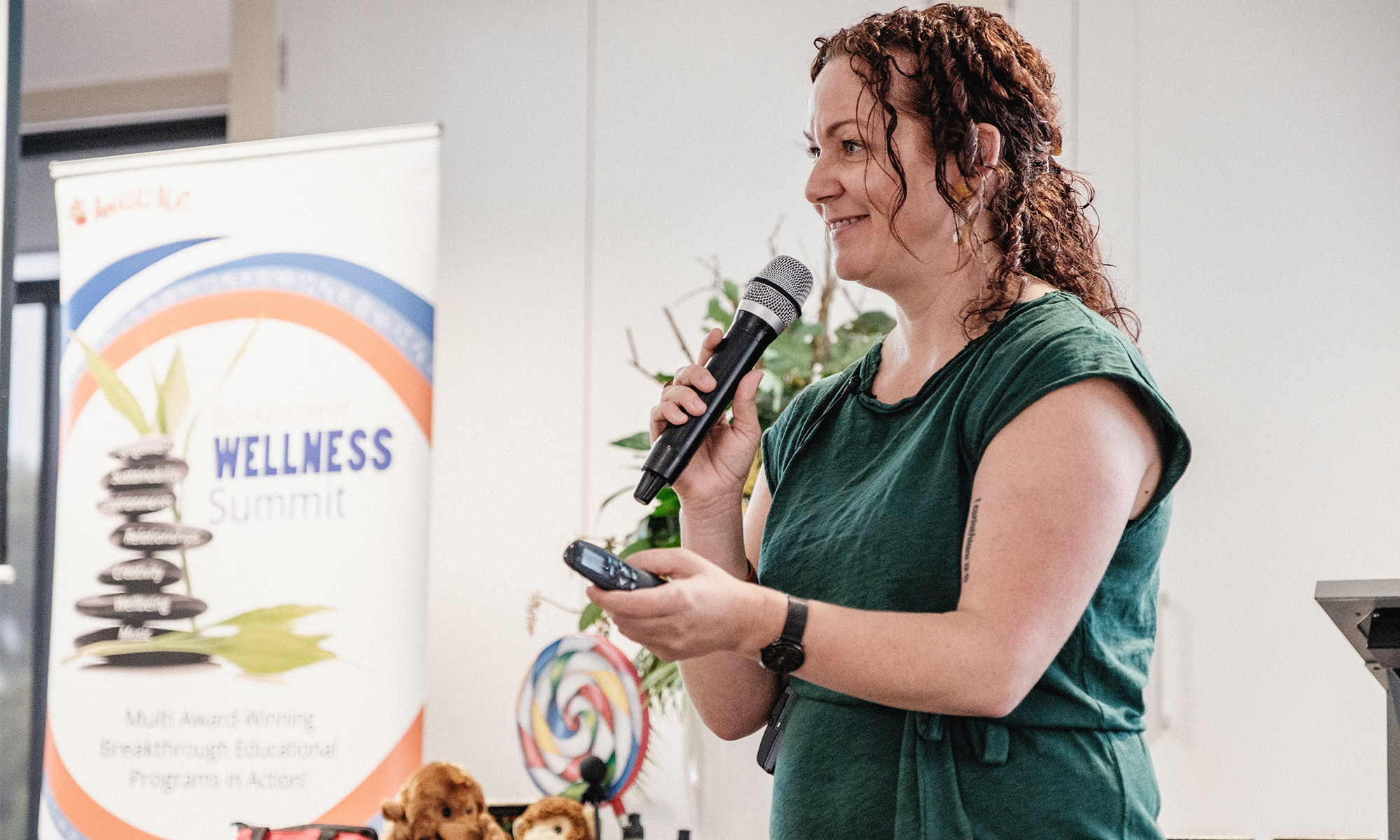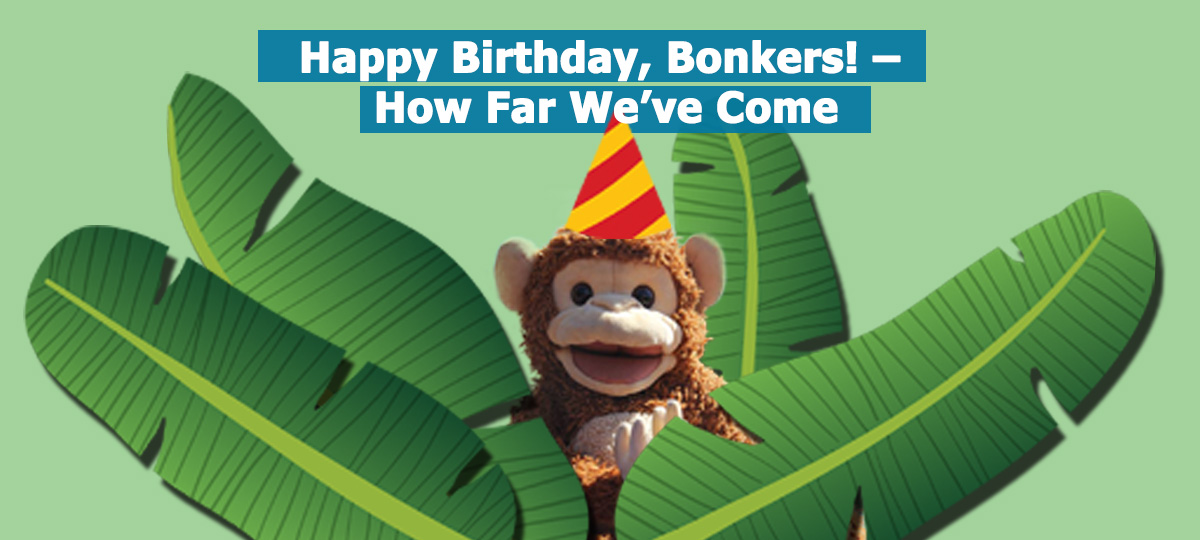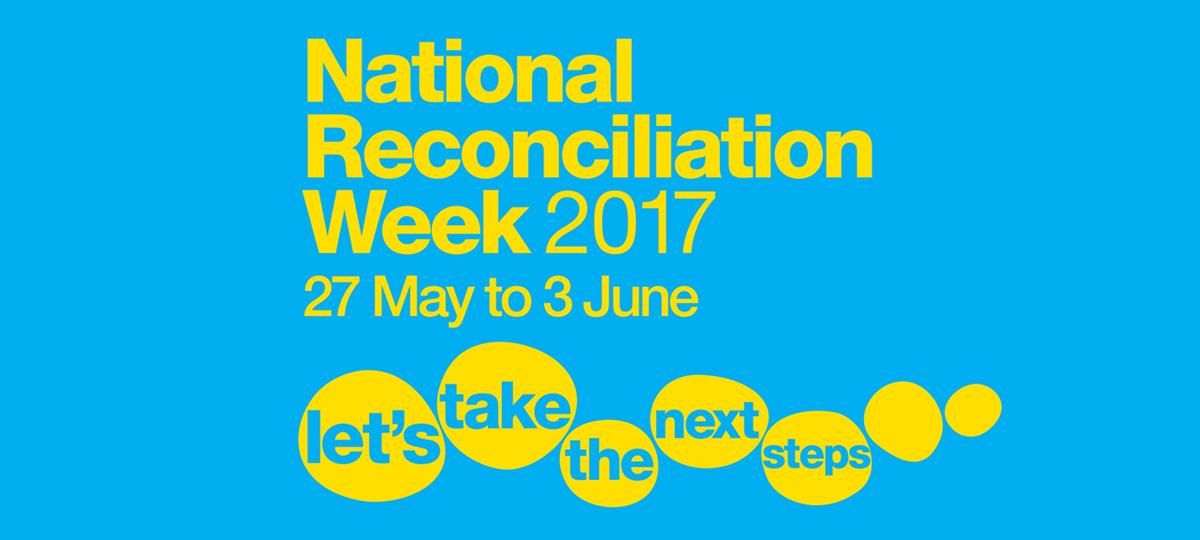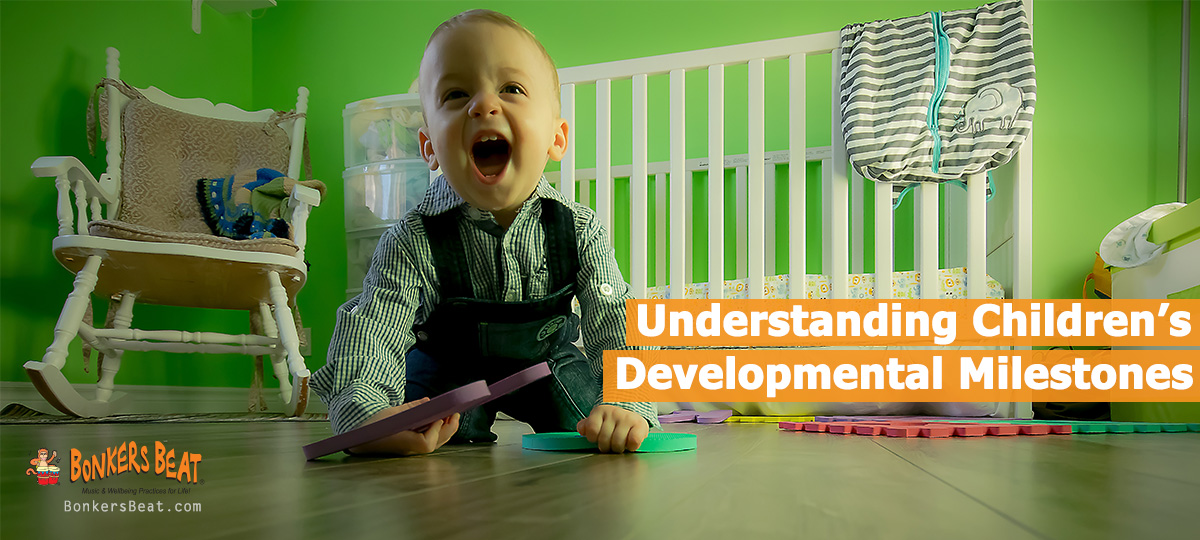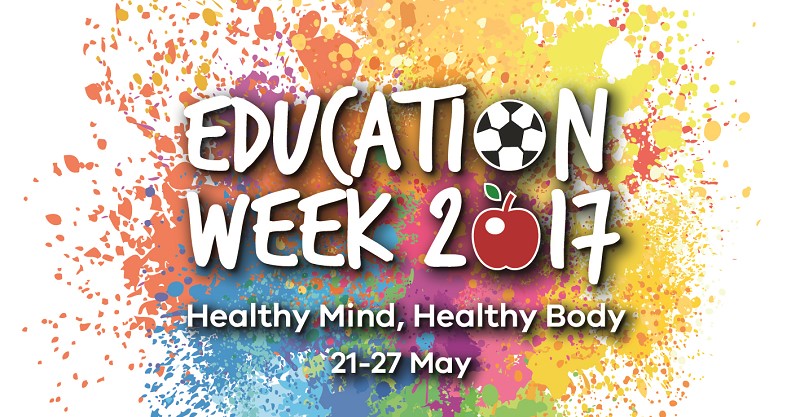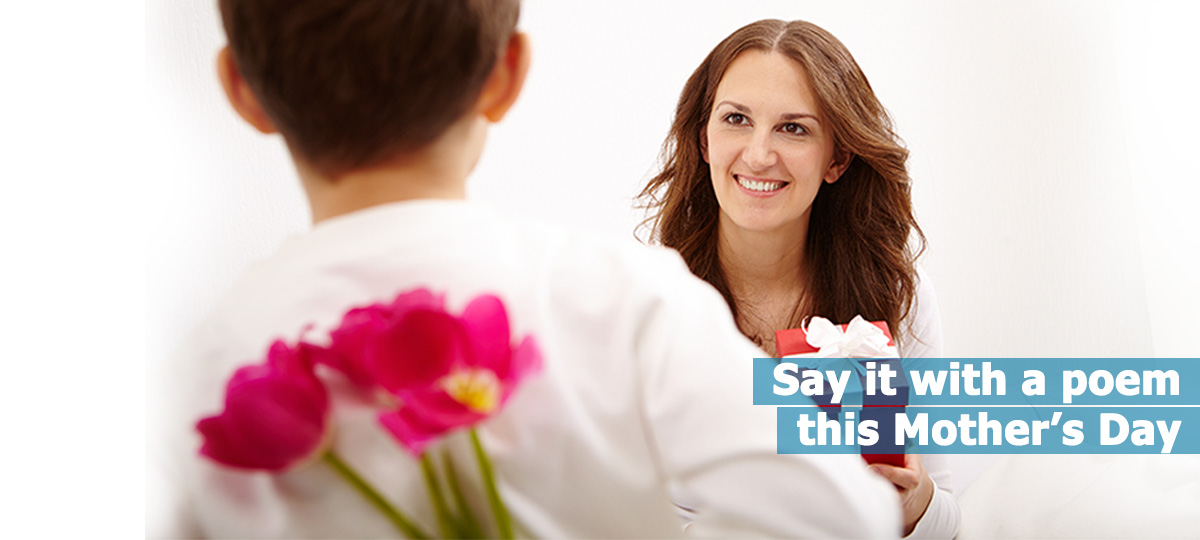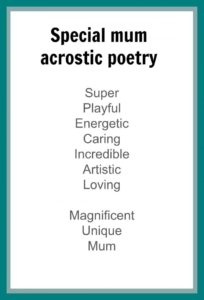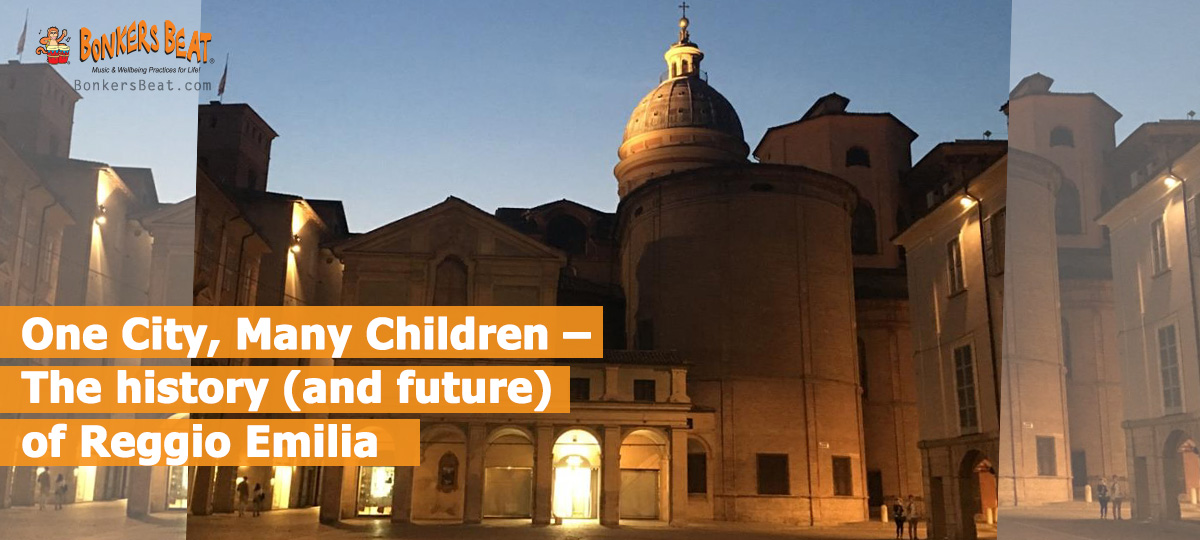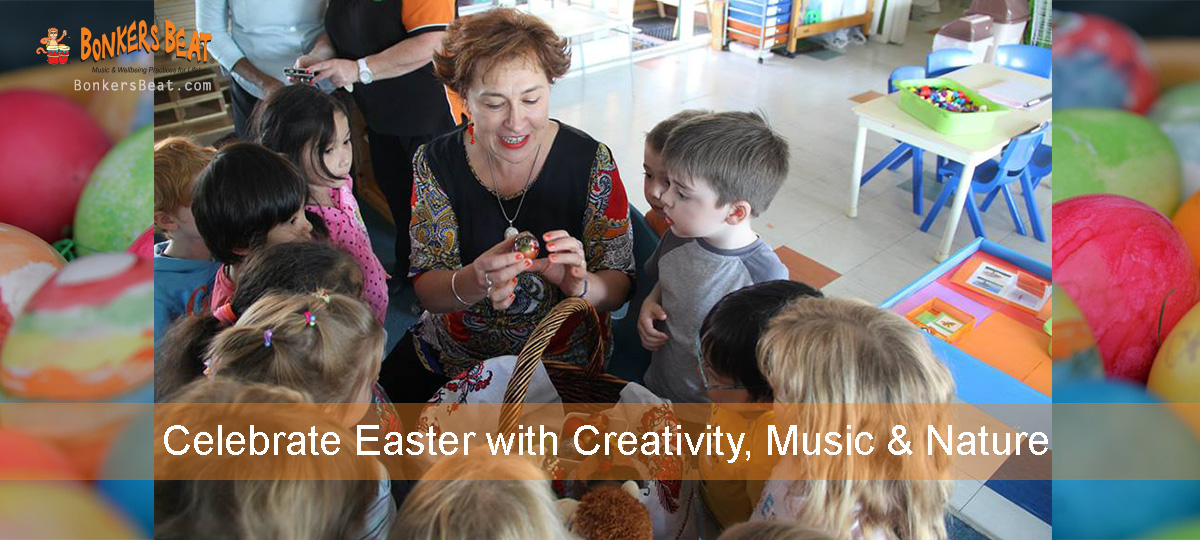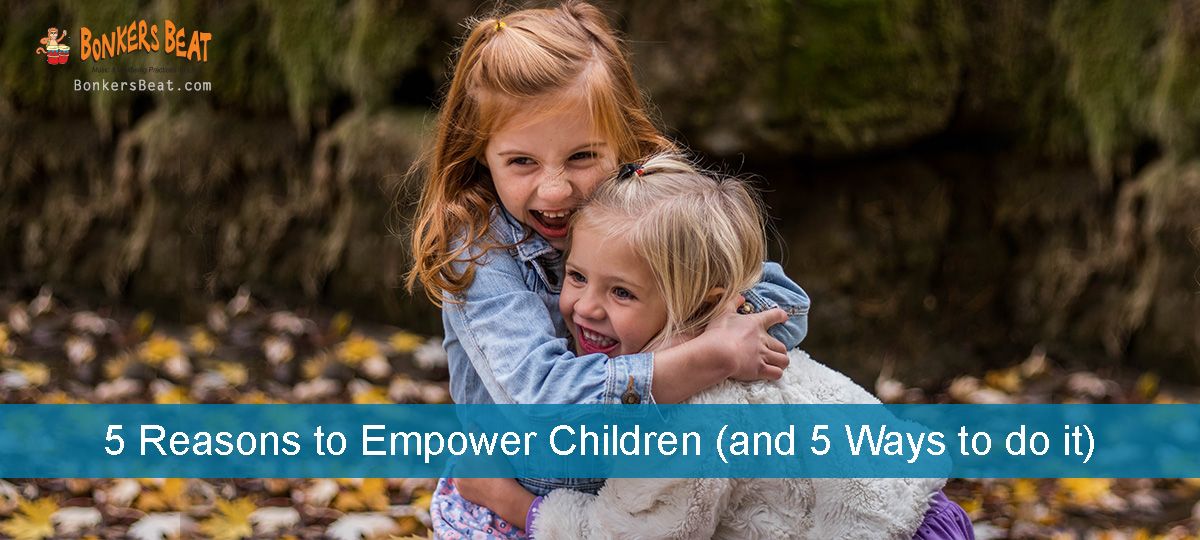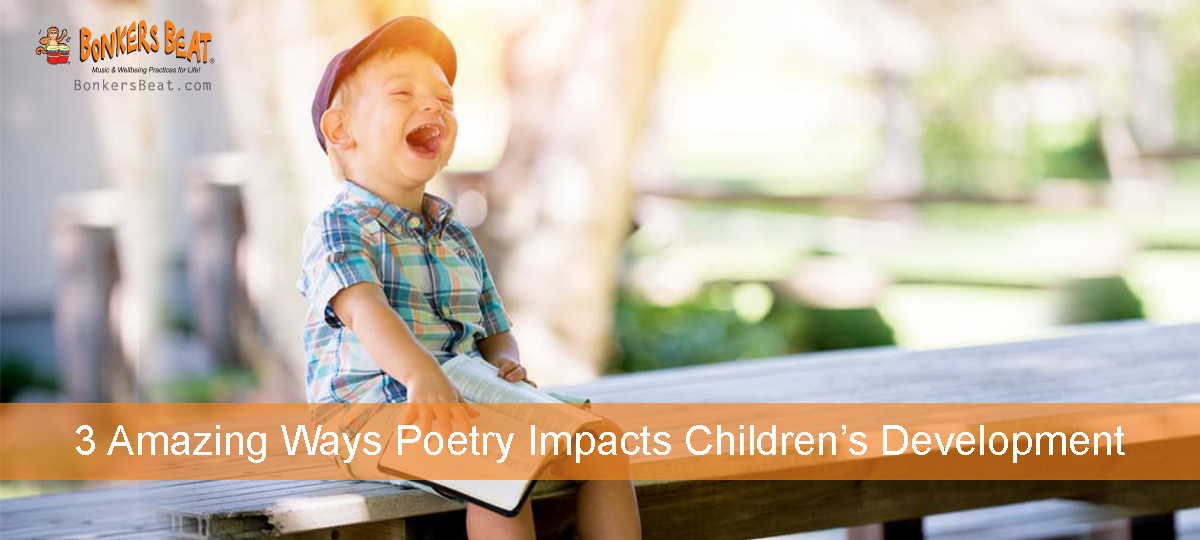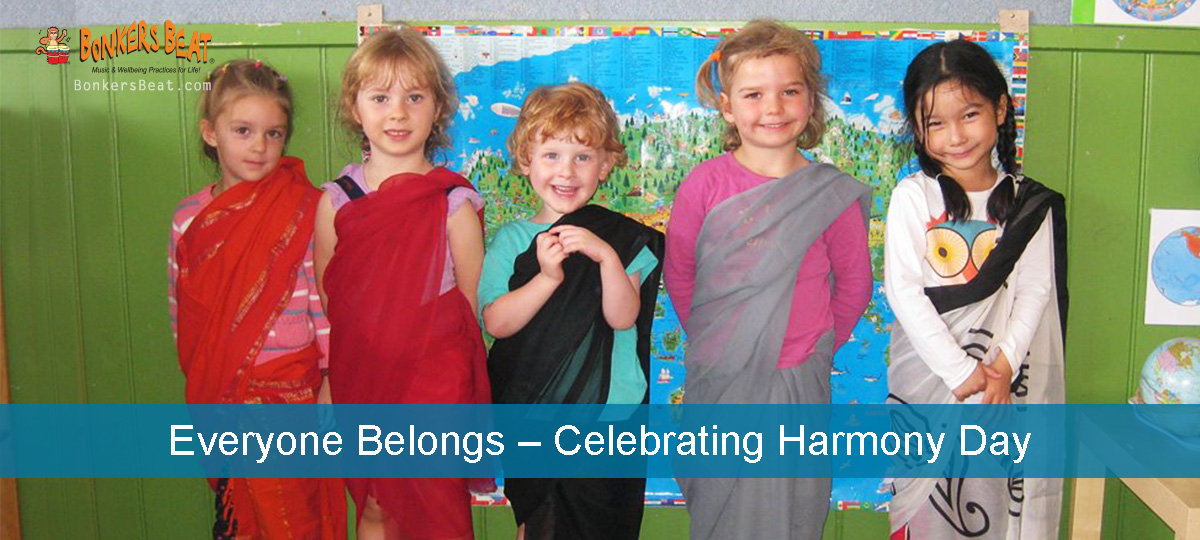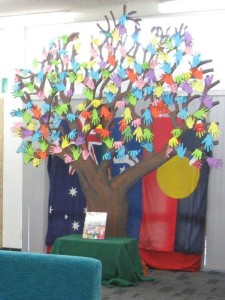This month Bonkers the Monkey – the star of Bonkers Beat – is celebrating his birthday.
There’s nothing quite like a birthday to reflect on life… What you’ve achieved and the goals you have for the future. Same goes for Bonkers the Monkey!
Here’s a look at what Bonkers has achieved over the years, why he loves early childhood education so passionately and what he hopes to achieve over the years to come.
Reflecting on a journey and achievements of Bonkers Beat
Bonkers was born of a dream to share the power of learning through music and a focus on the wellbeing of children to enhance their development.
“Music is powerful. Through the power of music we can stimulate children’s brain development and enhance their life skills, we can further nurture and develop every child’s potential. I believe that music is not just an extra activity, but a language, which needs to be used every day.” – Galina Zenin
Since 2006, Bonkers and the Bonkers Beat Music and Wellbeing Programs have inspired and trained more than 10,157 educators to embed music and yoga into their curriculum. Their passion and daily practices ensured that more than 13,000+ children improve their overall wellness, sing and stretch every day.
Each day is so special – especially in early childhood
Bonkers loves spending his days with babies, toddlers and pre-schoolers. Each day represents something new, something exciting and something to learn.
Every day Bonkers the Monkey gets the great pleasure of guiding children on their journeys through these amazing early years of life. They are some of the most important years of life too, where we lay the foundation for children’s futures. In fact, it’s quite possible that early childhood education – including childcare and kinder – could be an influential factor in determining a child’s future.
With Bonkers and his passion for sharing music and wellbeing with children, children are given the tools they need to succeed in life and fulfil their potential.
So much more to accomplish to give all children the best start
Bonkers birthday wish is always the same… He wants to share the tools and knowledge needed to enhance the development of every child, every day with centres and educators all over Australia and beyond.
He is already doing so well with the Bonkers Beat programs helping children and centres (and educators) to thrive across Australia. Here’s a look at the magic Bonkers and his programs bring to Bonkers Beat Music Kinder in Aspendale:
Parents and families: If you’re interested in having your child/ren join childcare or kinder at the Bonkers Beat Music Kinder in Aspendale, Victoria, you can email aspendale@bonkersbeat.com.au.
Centre Educators and Directors: If your centre is ready to take a holistic approach and introduce the magic of Bonkers Beat to your children, email info@bonkersbeat.com or call 1300 B BEAT (1300 022 328).
